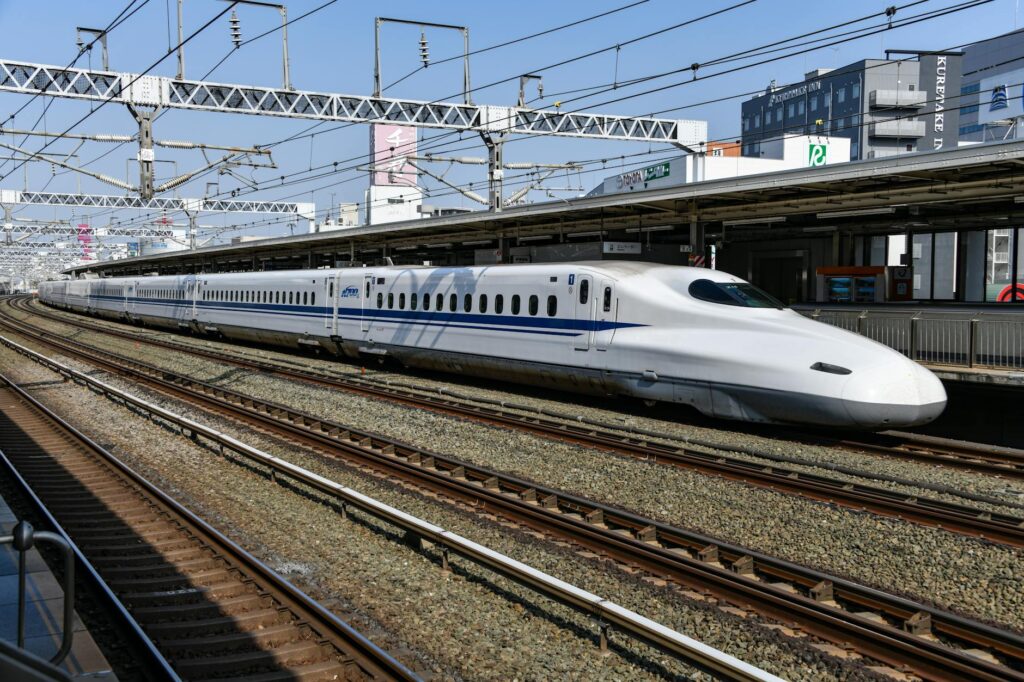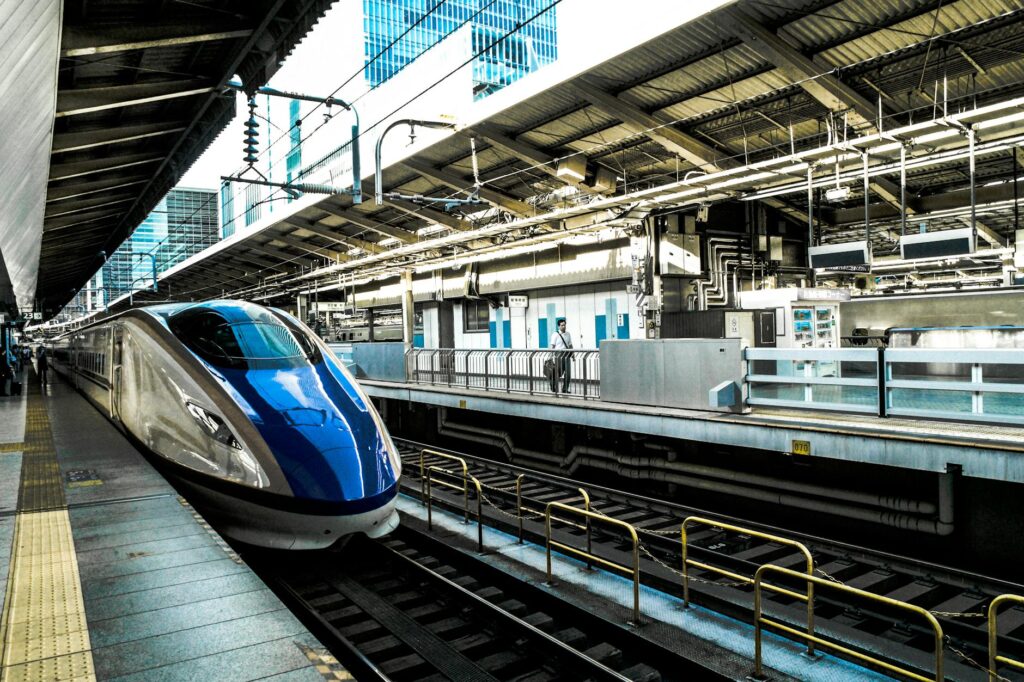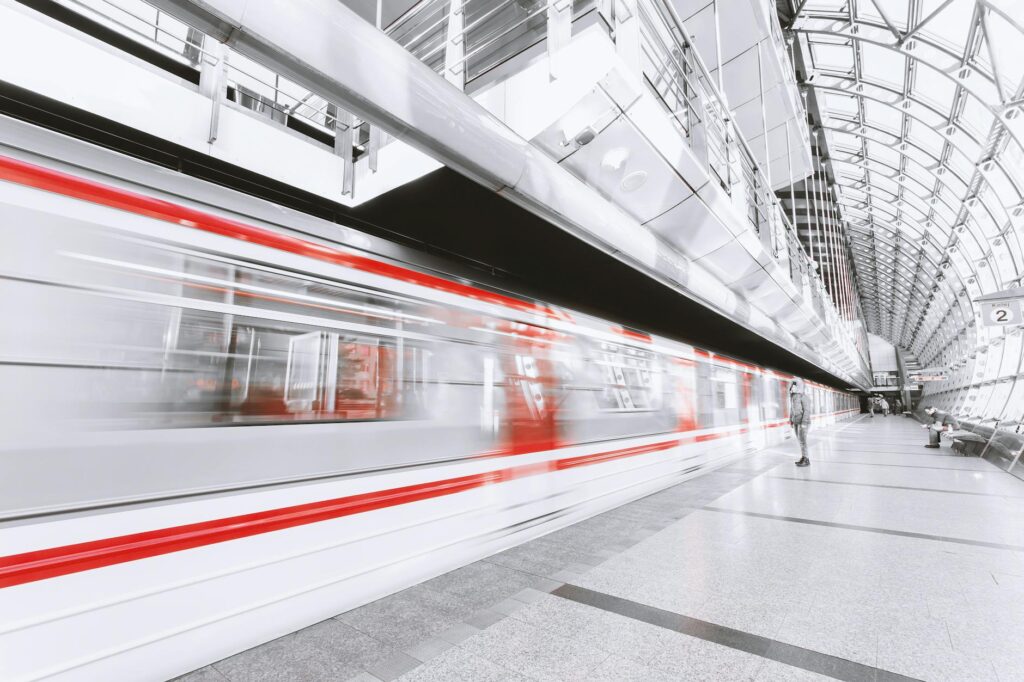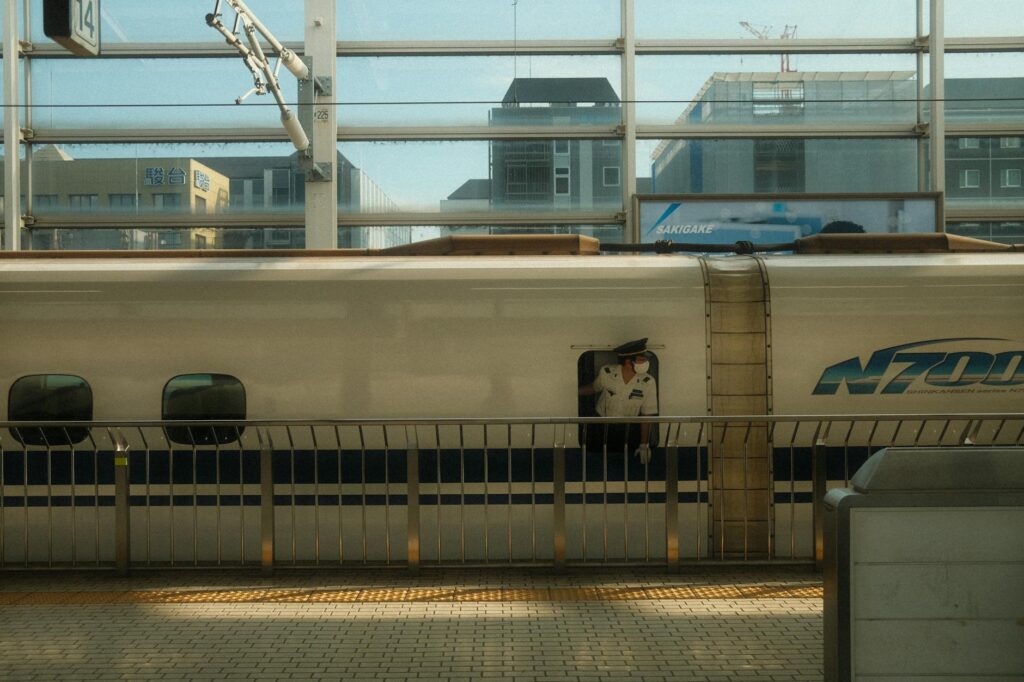Ever wondered about the engineering marvel and cultural icon that is the bullet train? Prepare to delve into the fascinating world of high-speed rail travel!
The History of Bullet Trains
The story begins in Japan, with the development of the Shinkansen, the world’s first truly high-speed rail network.  Its impact revolutionized transportation and inspired similar projects globally.
Its impact revolutionized transportation and inspired similar projects globally.
Technological Marvels
Bullet trains are a testament to human innovation. Their design, from aerodynamic streamlining to advanced braking systems, is a masterpiece of engineering. Learn more about the technology behind bullet trains.
Speed and Efficiency
Experience the thrill of speeds exceeding 200 mph (320 km/h) as you effortlessly glide across the landscape.  The efficiency is undeniable, cutting travel times dramatically.
The efficiency is undeniable, cutting travel times dramatically.
Environmental Impact
While not without its environmental footprint, bullet trains offer a significantly more eco-friendly alternative to air travel, especially when considering passenger capacity. Read more about the environmental considerations of high-speed rail.
Japanese Shinkansen: The Gold Standard
The Japanese Shinkansen system serves as a benchmark for reliability and safety, boasting an impeccable safety record spanning decades.
The Chinese High-Speed Rail Network
China’s ambitious and rapidly expanding high-speed rail network is reshaping transportation across the vast country.  Discover the scale of this project.
Discover the scale of this project.
European High-Speed Lines
Europe has its own impressive network of high-speed lines connecting major cities. The speed and convenience are transforming travel patterns.
Safety Features
High-speed rail prioritizes safety with advanced technologies including advanced signaling, fail-safe mechanisms and rigorous maintenance procedures.
Infrastructure and Construction
The construction of these networks requires intricate planning, overcoming geographical challenges and utilizing advanced tunneling techniques. 
Economic Impact
High-speed rail boosts regional economies, creating jobs and stimulating economic growth along the corridors.
Social Impact
Bullet trains connect people, facilitating commerce, tourism, and cultural exchange.
The Future of Bullet Trains
Ongoing innovations promise even faster speeds, improved energy efficiency, and enhanced passenger comfort.
Maglev Technology
Magnetic levitation (Maglev) trains represent the cutting edge, offering the potential for even higher speeds and smoother rides. Learn about future advancements in this field.
Global Expansion
The global adoption of bullet train technology continues to expand, with new projects underway across the world. [IMAGE_5_HERE]
Challenges and Obstacles
Despite the benefits, projects often face challenges including high initial costs, land acquisition, and regulatory hurdles. Explore the challenges in developing bullet train systems.
The Passenger Experience
From comfortable seating to on-board amenities, the passenger experience on a bullet train is designed for comfort and convenience.
Conclusion
Bullet trains are more than just a mode of transportation; they are a symbol of innovation, efficiency, and progress, shaping the future of travel. The journey into the world of high-speed rail is a journey into the future. Consider exploring the possibility of taking a bullet train trip yourself!
Frequently Asked Questions
What is the fastest bullet train? The fastest commercially operating bullet train is the Shanghai Maglev Train, reaching speeds of up to 268 mph (430 km/h).
How safe are bullet trains? Bullet trains have an exceptional safety record due to advanced technology and strict safety protocols.
Are bullet trains environmentally friendly? Compared to air travel, bullet trains generally have a lower carbon footprint per passenger.
How expensive are bullet train tickets? Ticket prices vary depending on the route, distance, and class of service. They often compare favorably to air travel, especially when considering airport transfers and other costs.
What countries have extensive bullet train networks? Japan, China, France, and Spain are among the countries with the most comprehensive high-speed rail networks.


